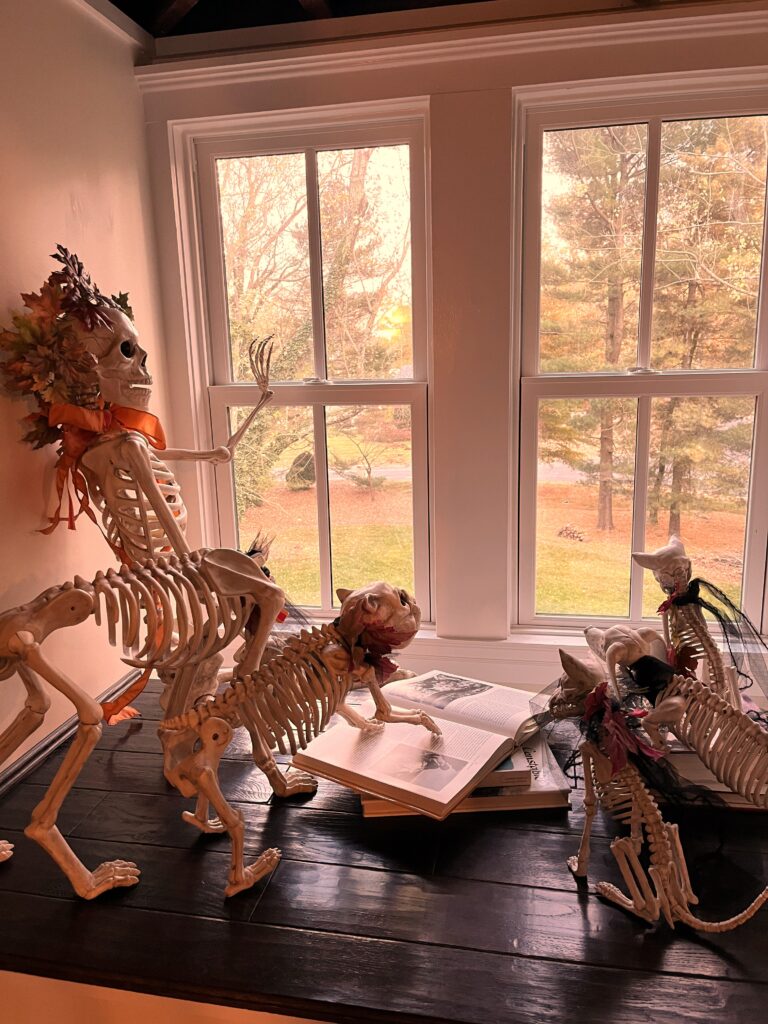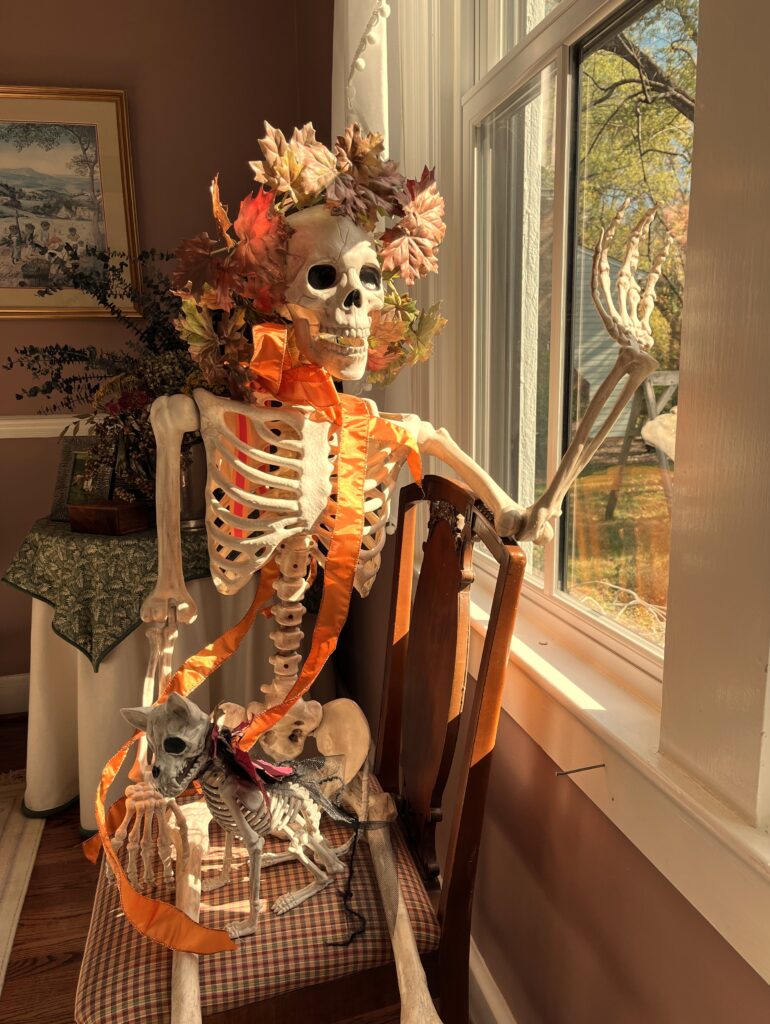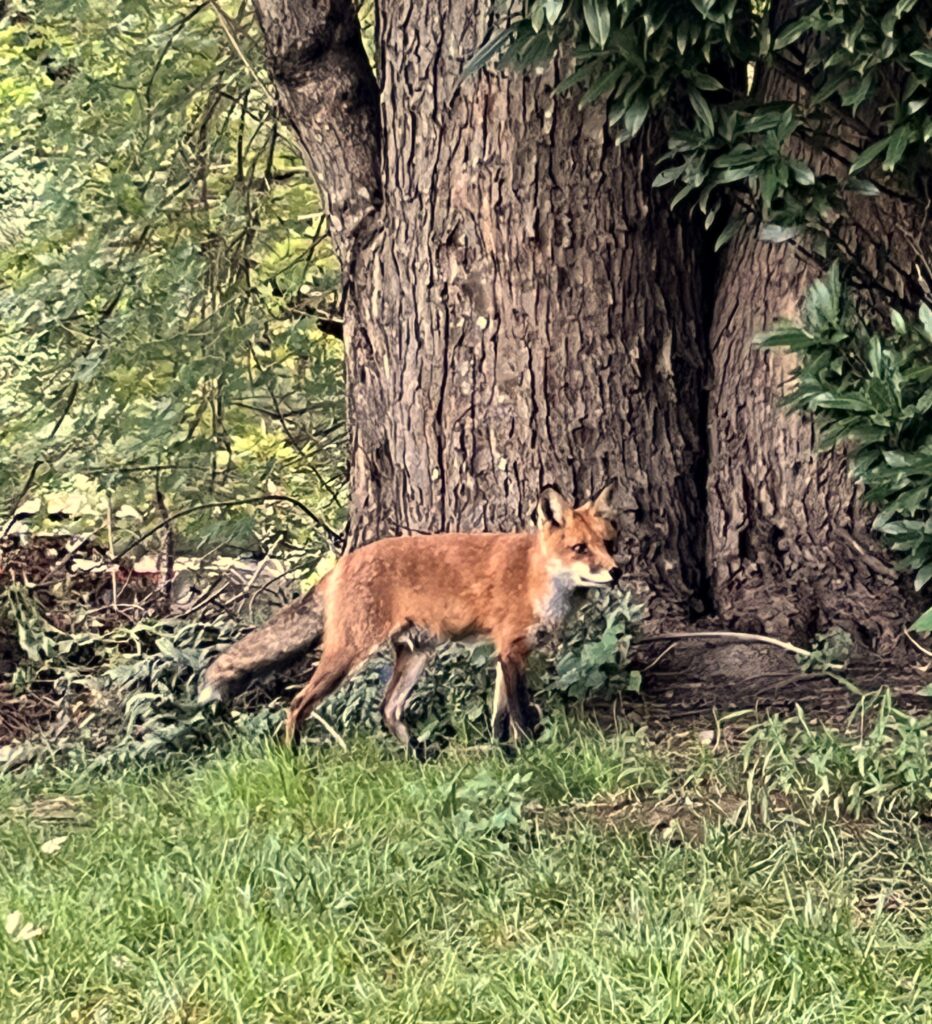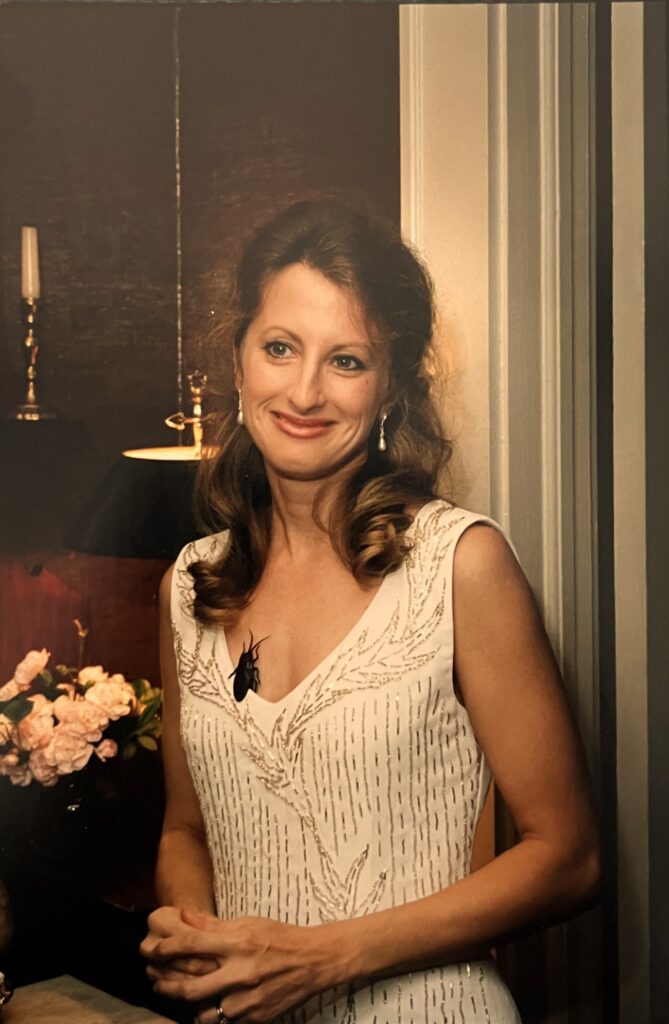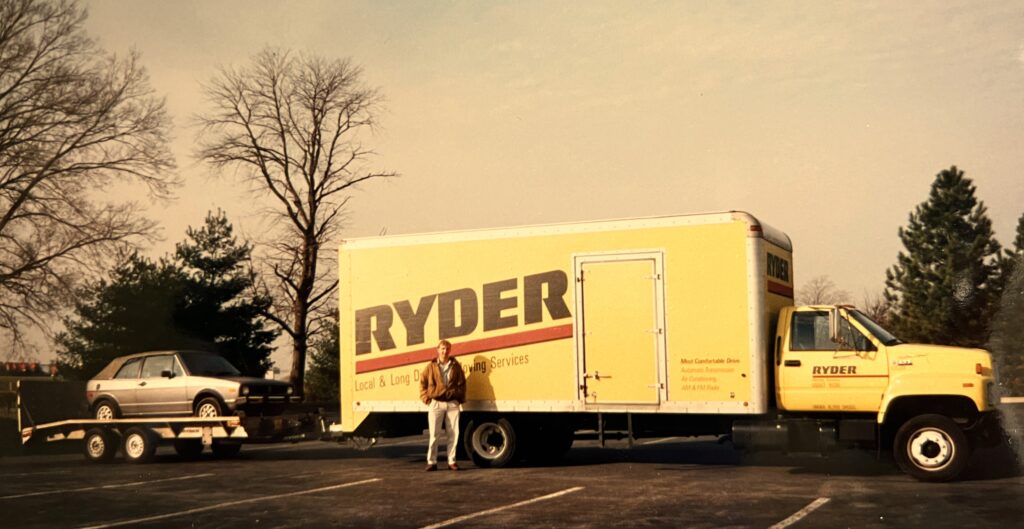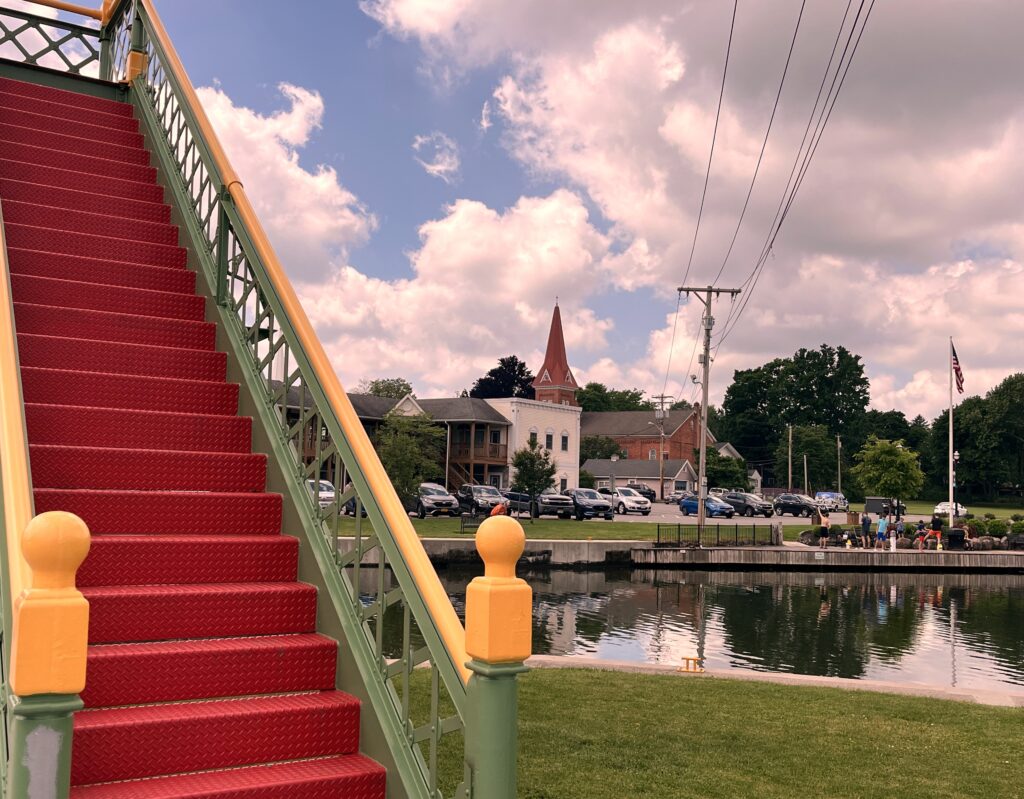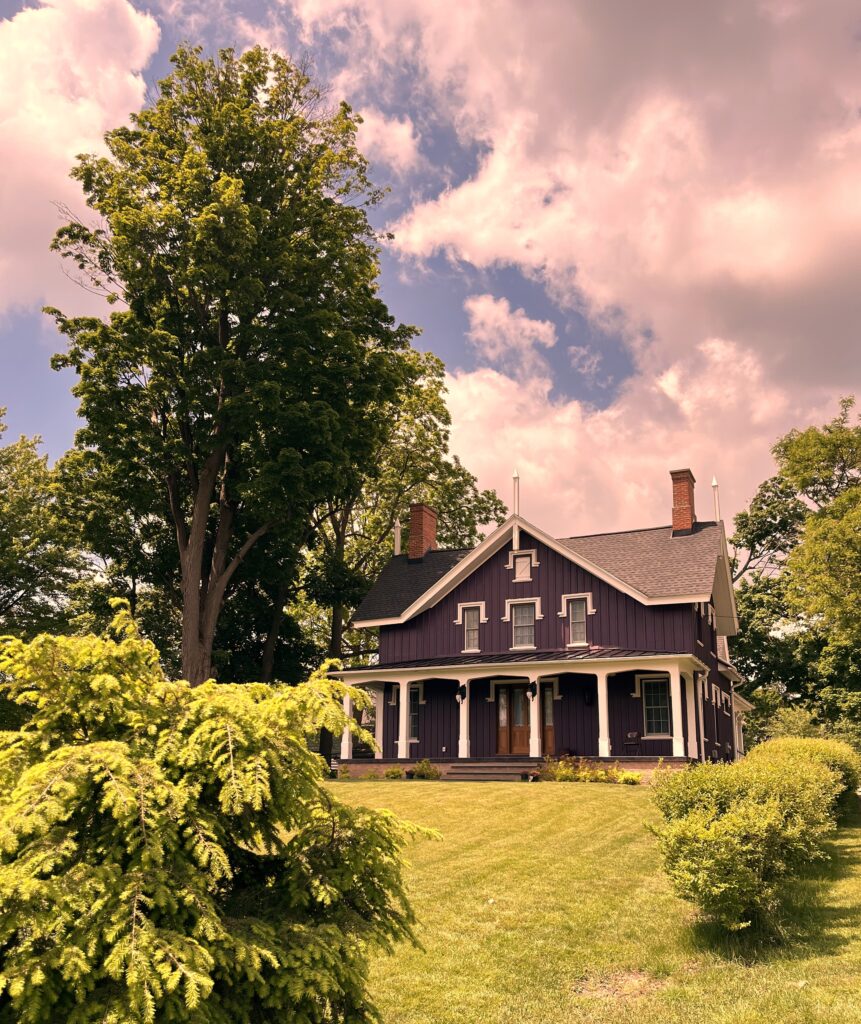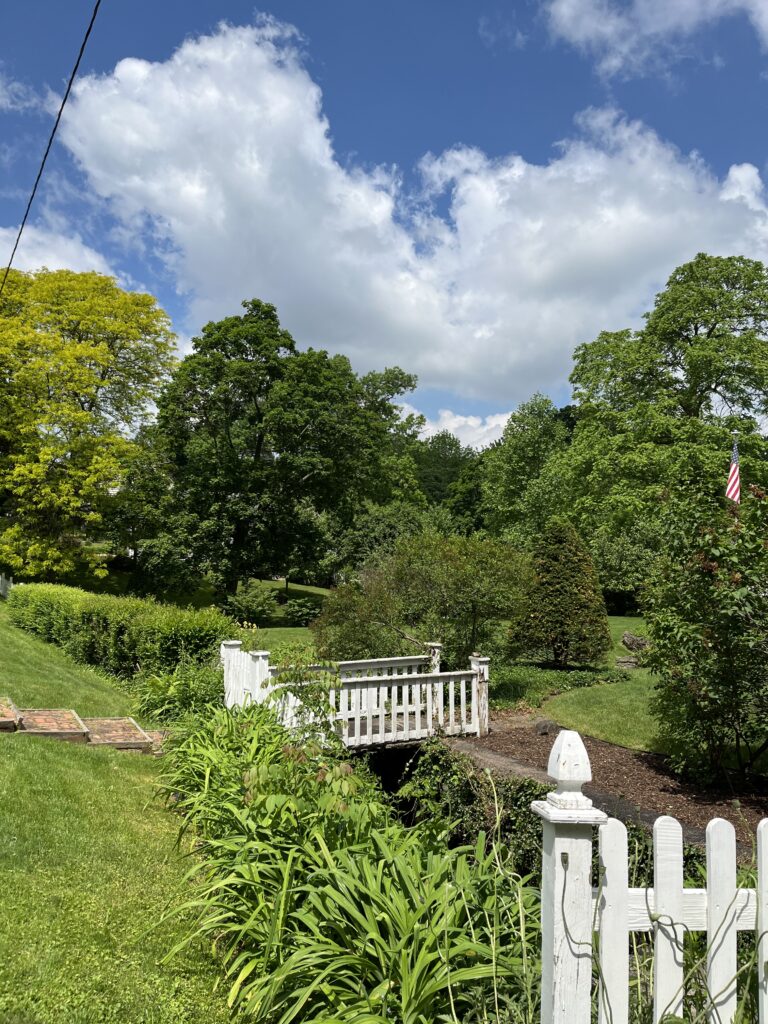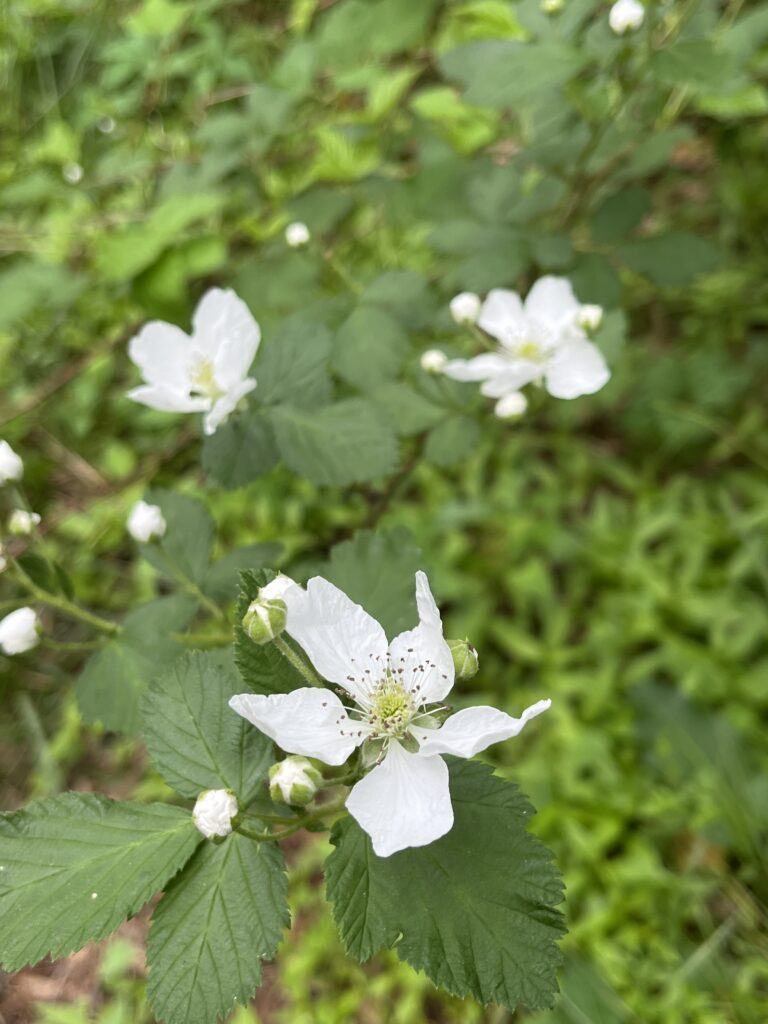The Christmas Eve live nativity is one of our church’s most beloved traditions, very popular with the local community. For several hours on the afternoon of December 24, the painted nativity figures arranged in the creche are joined by a group of living, breathing beasties. My daughter and I haven’t missed the event yet.
The sweet, sturdy little burro was back. I love his floppy, velvety ears and thick, buff-colored coat. He’s the furry embodiment of patient, calm endurance. How appropriate that his long-ago forbear carried Mary and her unborn child across the rugged paths from Nazareth to Bethlehem.
The donkey’s partner was not the gray hump-backed ox of previous years, but a petite black cow. The two seemed perfectly content to munch hay and be admired by a continuing parade of humans.
A goat and a sheep hunkered down in the hay, apparently intent on sleep, but repeatedly awakened by small, curious, caressing hands.
The camel this year was Moses, a determined snuggler. As if on cue, he rested his heavy head on the shoulder of any person who stepped up next to him for a photo op.
These two kids were unsure about being in immediate proximity to Moses’s enormous face, so their dad held them at a slight distance. Moses, always easy-going, nestled his head on his trainer’s shoulder, instead.
During the hours that Moses the camel and his hirsute entourage are holding court, the inanimate nativity figures recede into the background. But once Moses and the other animals have been led back to their trailer (and are likely on on their way to their next gig in Northern Virginia), the painted figures remain in their places in the simple wooden creche. But on Christmas Eve there is an essential addition. The empty spot between Mary and Joseph is filled. A homemade manger holds a swaddled doll. The other figures have a focal point toward which to direct their reverent gazes.
When I first brought the fiberglass nativity forms up to the church, after finishing the work of repainting, I was struck by the bare starkness of the shelter that encloses them. Did it need some swags of greenery, perhaps? Certainly no red bows or shiny ornaments, but branches of fir, pine, or spruce? Sprigs of holly and berries?
But no. Even such natural decorations are part of the trappings of our commercial, cozy, secular “Merry Christmas.” The humbleness of the scene is the point. The nativity grouping speaks to a timeless, sacred truth. While that great truth inspires, to some degree, at least, the jolly festiveness of the season, it needs no dressing up. It’s fitting that hay is the only adornment. As the Grinch discovers, Christmas “came without ribbons, it came without tags, it came without packages, boxes or bags.”
The gift of God’s grace came on Christmas in the form of a baby, unfathomably both human and divine. That baby grew up and served as a role model for us, his fellow brothers and sisters. During his earthly life, Jesus personified kindness, compassion, mercy and forgiveness. In his words and in his actions, he taught that our life’s goal should be to follow his example.
The awesomeness of the gift of salvation offered to us through Christ’s sacrificial death can never be overstated. But Christmas reminds us to look to our brother Jesus to guide us in living every day, here in our present world. This world needs all the love we can give.


















